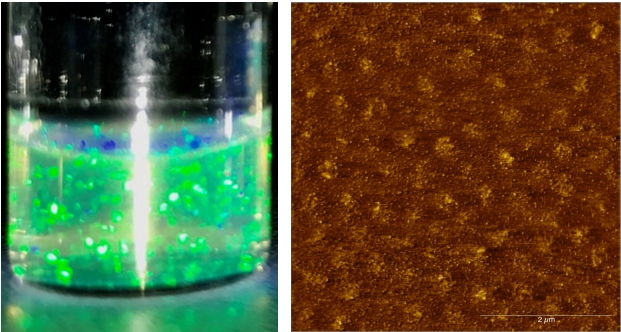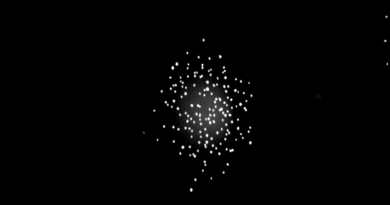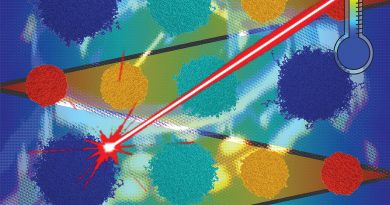New SFB 985 paper in Nature Communications
Exploring the colloid-to-polymer transition for ultra-low crosslinked microgels from three to two dimensions
In this work we study ultra-low crosslinked poly(N-isopropylacrylamide) microgels (ULC), which can behave like colloids or flexible polymers depending on their environment, e.g. dimensionality, compression or other external stimuli. Small-angle neutron scattering shows that the structure of the ULC microgels in bulk aqueous solution is characterized by a density profile that decays smoothly from the center to a fuzzy surface.

Their phase behavior and rheological properties are those of colloids interacting with a soft potential. However, when these microgels are confined at an oil-water interface, their behavior resembles that of flexible macromolecules. Once monolayers of ultra-low crosslinked microgels are compressed, deposited on solid substrate and studied with atomic-force microscopy, a concentration-dependent topography is observed. Depending on the compression, these microgels can behave as flexible polymers, covering the substrate with a uniform film, or as colloidal microgels leading to a monolayer of particles.
https://doi.org/10.1038/s41467-019-09227-5
This article is also featured on Nature Communications Editors’ Highlights webpage of recent research on Organic Chemistry and Chemical Biology.


